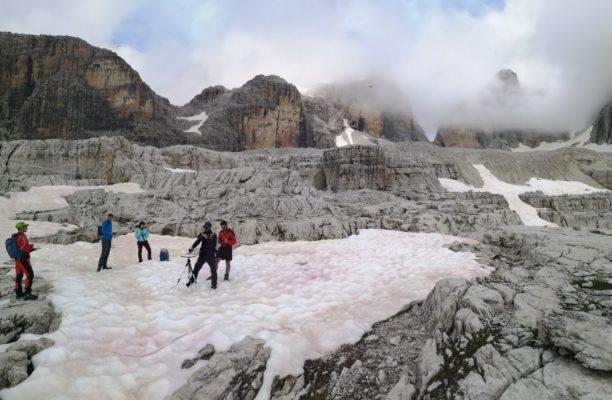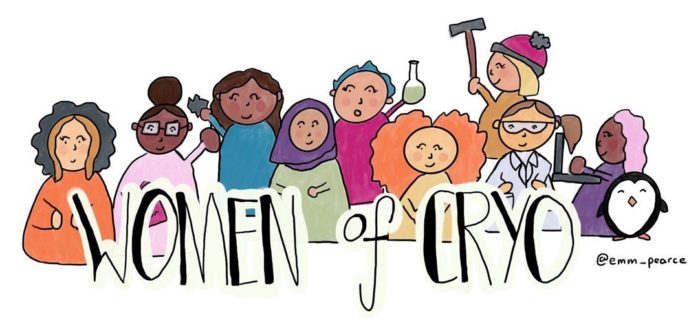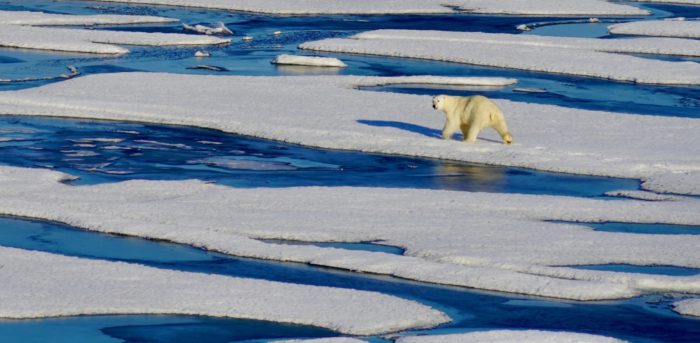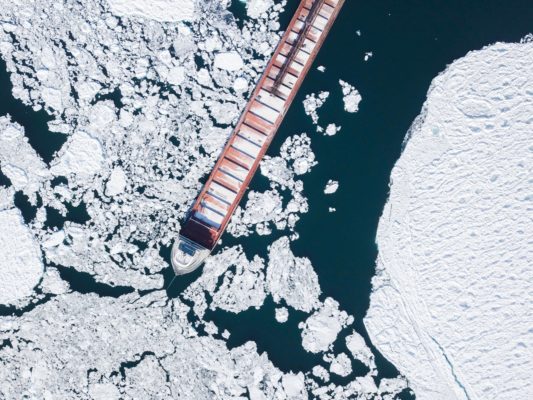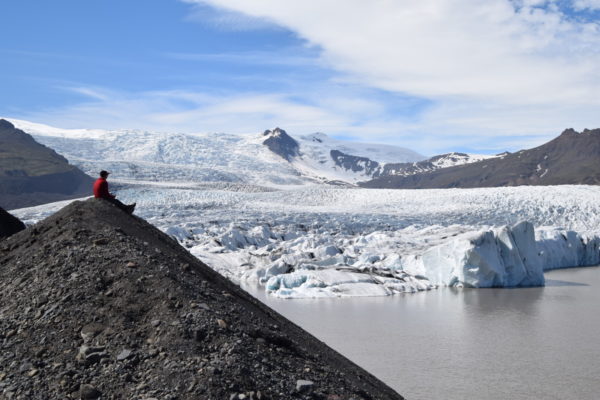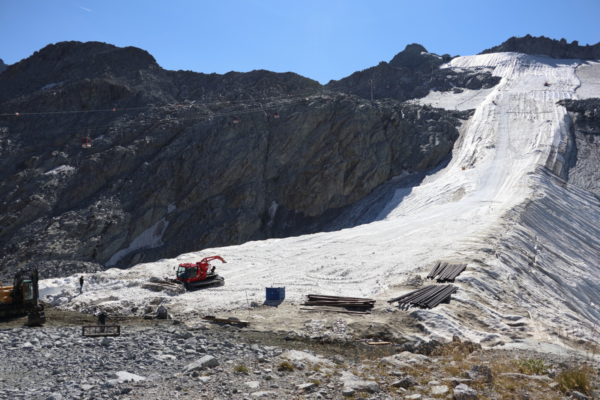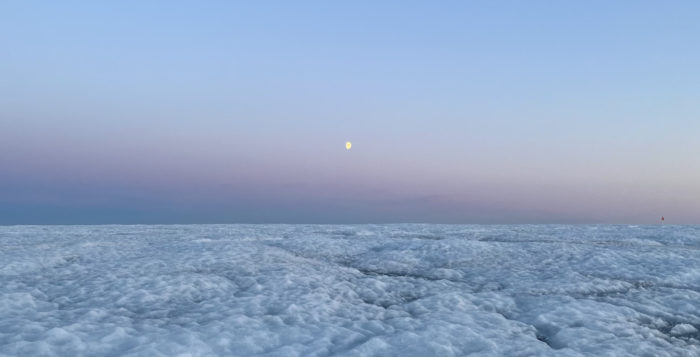In July 2021, together with a group of MSc students from the University of Bremen, I set off from the flat plains of Northwest Germany and embarked on a journey to the mountainous regions of Austria, with the Vernagtferner Glacier as our final destination. My aim was to learn as much as I could in the glaciology field course offered by the university. During my student days in Brazil, glaciers fil ...[Read More]
Vernagtferner: My First Encounter with an Alpine Glacier


